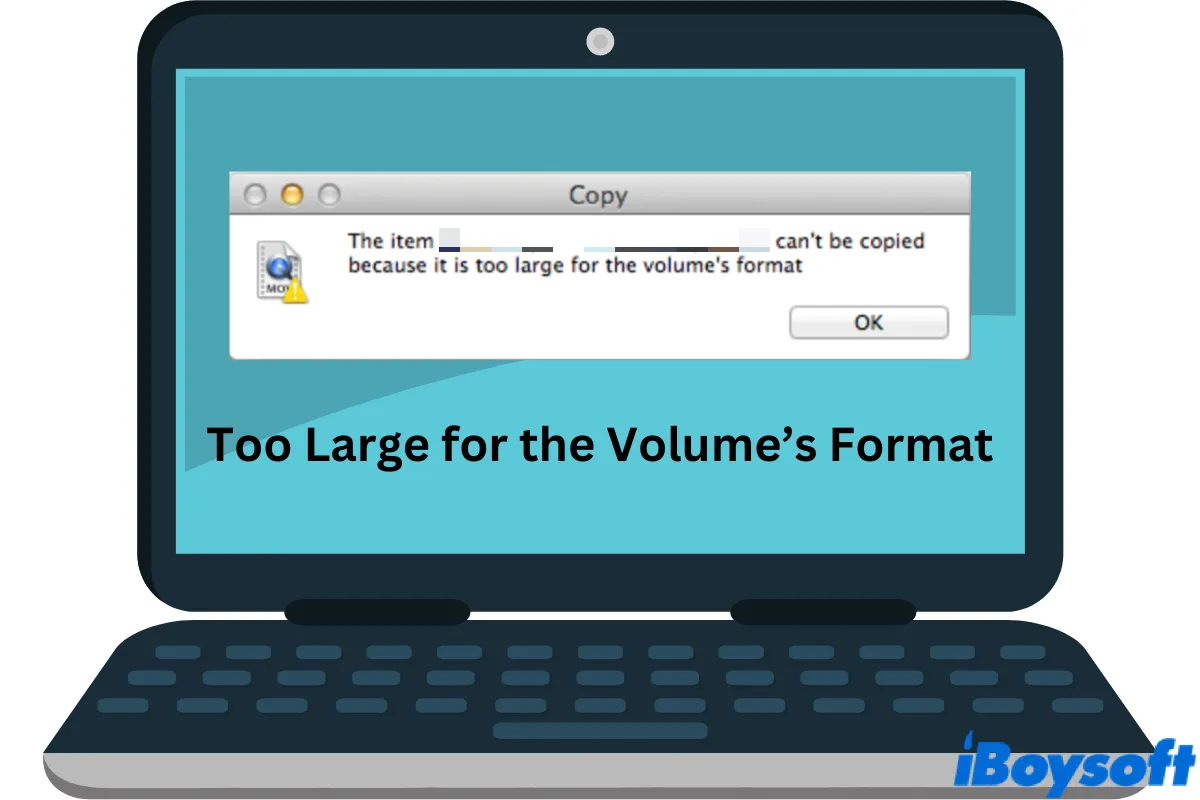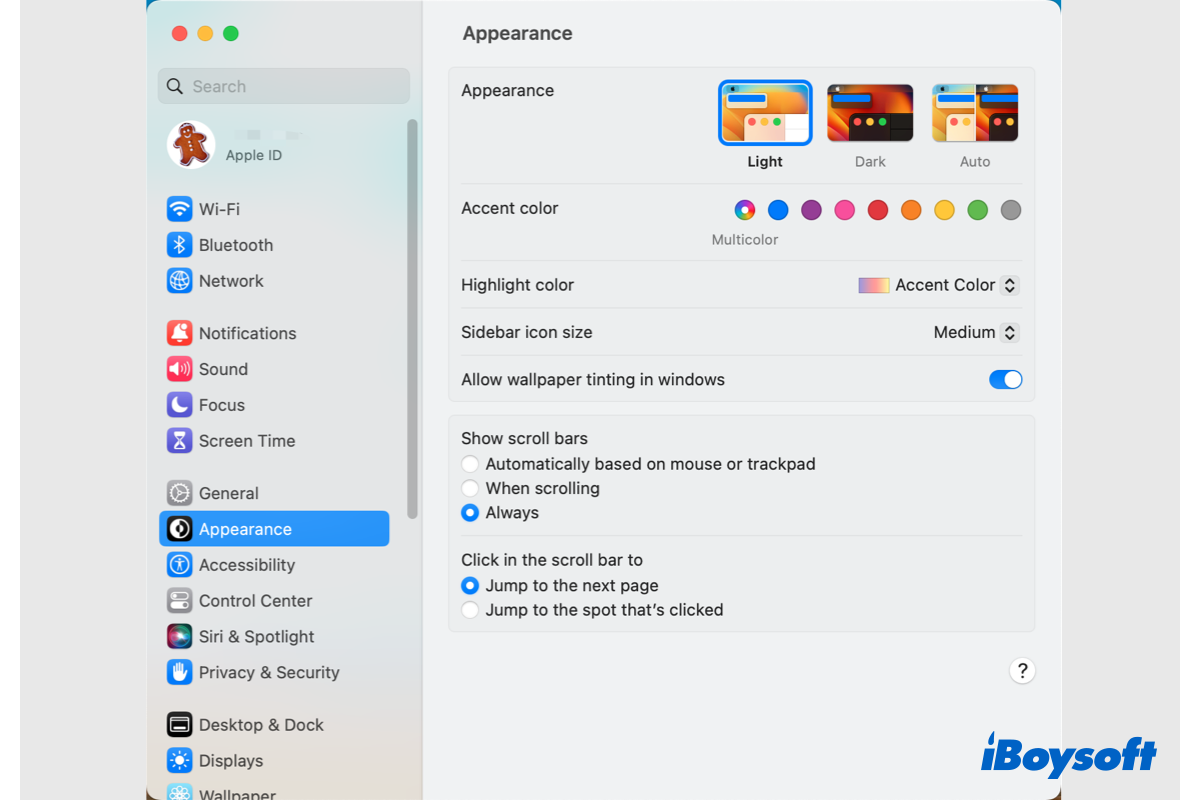Normally, transferring files from one external hard drive to another is a simple drag-and-drop procedure, but you first need to consider the file system used on the destination drive.
If FAT32 is the file system of the destination drive you plan to transfer files to, then be careful. FAT32 won't be a problem, but it limits individual file size to just 4GB. And if the source drive uses the NTFS file system, it can potentially hold files greater than 4GB, which means you would not be allowed to copy.
- Properly plug the source drive into an available USB port on your computer, click Open Folder to View Files, then hold the Win key and press the right arrow key to place the Windows Explorer window on the right side of the screen.
- Plug the destination drive into another USB port, click Open Folder to View Files, then hold the Win key and press the left arrow key to place the Windows Explorer window on the left side of the screen. You should now have both Windows Explorer windows in split-screen mode.
- Right-click on the destination drive letter and select Properties, then look for File System to check what file system your drive used. If it says "FAT32", you should check the source drive and see if there are files bigger than 4GB. Alternatively, you can check the file system of the source, if it is also the FAT32, then there's no problem.
Simply select the files in your source hard drive, then drag and drop them to the destination drive to begin copying. Also, if the source drive is NTFS and the destination drive is FAT32, you should divide those files greater than 4GB into small pieces and transfer them one by one.


